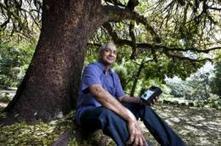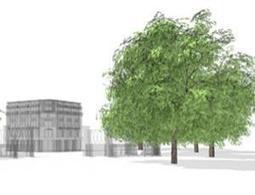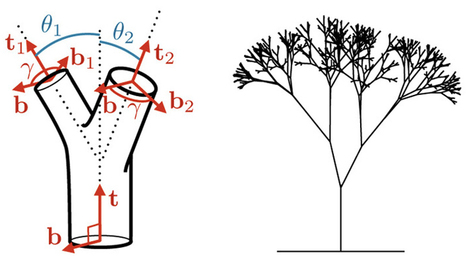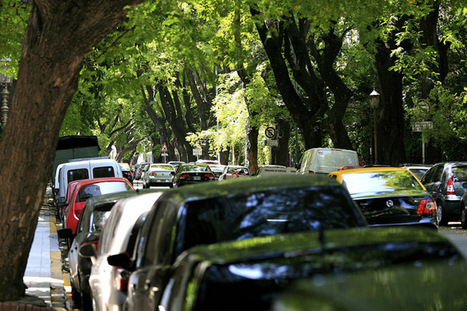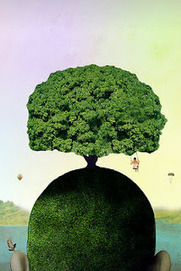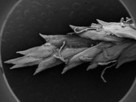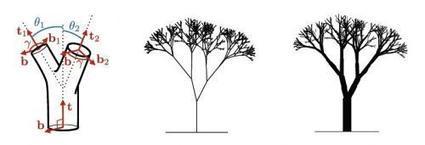Black cottonwood trees (Populus trichocarpa) can clone themselves to produce offspring that are connected to their parents by the same root system. Now, after the first genome-wide analysis of a tree, it turns out that the connected clones have many genetic differences, even between tissues from the top and bottom of a single tree. The variation within a tree is as great as the variation across unrelated trees. Such somatic mutations — those that occur in cells other than sperm or eggs — are familiar to horticulturalists, who have long bred new plant varieties by grafting mutant branches onto ‘normal’ stocks. But until now, no one has catalogued the total number of somatic mutations in an individual plant.
In one tree, the top buds of the parent and offspring were genetically closer to each other than to their respective roots or lower branches. In another tree, the top bud was closer to the reference cottonwood genome than to any of the other tissues from the same individual.The tissue-specific mutations affected mainly genes involved in cell death, immune responses, metabolism, DNA binding and cell communication. Olds think that this may be because many of the mutations are harmful, and the tree reacts by destroying the mutated tissues or altering its metabolic pathways and the way it controls its genes, which leads to further mutations.
The findings have parallels to cancer studies, which have recently shown that separate parts of the same tumor can evolve independently and build up distinct genetic mutations, meaning that single biopsies give only a narrow view of the tumor’s diversity.
Via
Dr. Stefan Gruenwald

 Your new post is loading...
Your new post is loading...
 Your new post is loading...
Your new post is loading...






